-
Doctors
-
Specialities & Treatments
Centre of Excellence
Specialties
Treatments and Procedures
Hospitals & Directions HyderabadCARE Hospitals, Banjara Hills CARE Outpatient Centre, Banjara Hills CARE Hospitals, HITEC City CARE Hospitals, Nampally Gurunanak CARE Hospitals, Musheerabad CARE Hospitals Outpatient Centre, HITEC City CARE Hospitals, Malakpet
HyderabadCARE Hospitals, Banjara Hills CARE Outpatient Centre, Banjara Hills CARE Hospitals, HITEC City CARE Hospitals, Nampally Gurunanak CARE Hospitals, Musheerabad CARE Hospitals Outpatient Centre, HITEC City CARE Hospitals, Malakpet Raipur
Raipur
 Bhubaneswar
Bhubaneswar Visakhapatnam
Visakhapatnam
 Nagpur
Nagpur
 Indore
Indore
 Chh. Sambhajinagar
Chh. SambhajinagarClinics & Medical Centers
Book an AppointmentContact Us
Online Lab Reports
Book an Appointment
Consult Super-Specialist Doctors at CARE Hospitals

Hysteroscopy
Hysteroscopy
Hysteroscopy
Hysteroscopy is a procedure performed to examine the inside of the uterus (womb). The development of hysteroscopy has allowed medical experts to deal with the reproductive health of a woman with greater control and skill. The term hysteroscopy refers to the process of inserting a tube, called a hysteroscope, into a female’s vagina in order to obtain a clear image of the female’s uterus. Hysteroscopes are thin, flexible tubes that contain light and a camera at one end, and are inserted into the vaginal canal. A monitor displays the image of the uterus as the hysteroscope moves through the uterus, from the vagina to the cervix to the uterus. CARE Hospitals provide the hysteroscopy treatment in Hyderabad with the well-qualified and experienced doctors who can suggst the best possible treatment for your condition.
What happens during a hysteroscopy?
Your physician may ask you to place a vaginal medicine the night before your procedure. It is called Cytotec or misoprostol, and it helps soften the cervix. Depending on your doctor, you may be prescribed a sedative or painkiller before the procedure.
A hysteroscope is inserted through the vagina and into the opening of the uterus, called the cervix, on the day of the procedure. A small amount of saltwater is used to aid in seeing the uterine cavity and the openings to the tubes after the lens has been inserted in the uterus. Your doctor may be able to discover the reason for abnormal bleeding once inside the uterus. It may be possible for your doctor to perform minor procedures on you, such as removing a polyp or placing the essure microinsert, which is a permanent form of contraception.
Who needs a Hysteroscopy?
Hysteroscopy is recommended for individuals who experience specific gynecological issues that need closer examination or treatment. Here are the common reasons someone might need a hysteroscopy:
- Abnormal Uterine Bleeding: Women who have heavy, prolonged, or irregular menstrual periods, as well as those with bleeding after menopause, may need a hysteroscopy to determine the cause.
- Infertility or Recurrent Miscarriages: If a woman has difficulty conceiving or has had multiple miscarriages, a hysteroscopy can help identify any structural problems in the uterus that could be contributing to these issues.
- Suspected Uterine Fibroids or Polyps: When benign growths such as fibroids or polyps are suspected, hysteroscopy allows the doctor to see and sometimes remove these growths directly.
- Abnormal Pap Smears or Ultrasound Findings: For women who have had abnormal results from a Pap smear or an ultrasound, hysteroscopy provides a more detailed look at the endometrial lining to check for precancerous or cancerous conditions.
- Intrauterine Adhesions (Asherman's Syndrome): This procedure can diagnose and treat scar tissue inside the uterus that may cause menstrual irregularities and infertility.
- Lost Intrauterine Device (IUD): If an IUD is misplaced or difficult to locate, hysteroscopy can help find and remove it.
- Congenital Uterine Anomalies: Hysteroscopy is used to diagnose and sometimes correct structural abnormalities in the uterus that have been present since birth.
- Chronic Pelvic Pain: For women with unexplained pelvic pain, hysteroscopy can help identify uterine issues that might be causing the pain.
What are the risks associated with the procedure of Hysteroscopy?
Hysteroscopy is generally considered a safe procedure, but like any medical procedure, it does carry some risks. Here are the potential risks related to hysteroscopy:
- Infection: There's a small risk of developing an infection in the uterus or surrounding areas after the procedure.
- Bleeding: Some bleeding or spotting is common after hysteroscopy, but heavy bleeding can occur in rare cases, especially if a biopsy or removal of growths like fibroids or polyps is performed.
- Uterine Perforation: Although rare, the hysteroscope can sometimes puncture the wall of the uterus. If this happens, it might cause damage to surrounding organs, such as the bladder or bowel, and could require further surgical intervention.
- Fluid Overload: During hysteroscopy, fluid is used to expand the uterus for better visibility. In rare instances, too much fluid can be absorbed into the bloodstream, leading to complications such as fluid overload or electrolyte imbalances.
- Adverse Reaction to Anesthesia: If general anesthesia is used, there are risks associated with its use, including allergic reactions, respiratory issues, or other anesthesia-related complications.
- Cervical Trauma: The cervix may be stretched during the procedure, which can cause temporary pain or, in very rare cases, permanent damage.
Technology Used in Hysteroscopy
- Hysteroscope: The primary tool used in hysteroscopy is the hysteroscope, a thin, lighted tube equipped with a camera. It is inserted through the cervix into the uterus, allowing the surgeon to see the uterine cavity on a monitor.
- Light Source and Camera: The hysteroscope is connected to a high-definition light source and camera system, providing clear and magnified images of the uterine cavity.
- Fluid or Gas Distension Media: To get a clear view inside the uterus, the cavity is expanded using fluid (saline solution) or gas (carbon dioxide). This helps to separate the walls of the uterus and improves visibility.
- Operative Instruments: Various specialized instruments can be passed through the hysteroscope for performing biopsies, removing polyps, fibroids, or other abnormal tissue, and for treating uterine adhesions. These instruments include scissors, forceps, resectoscopes, and lasers.
- Electrosurgical Devices: These devices use electrical energy to cut tissue or control bleeding during the procedure. They can be attached to the hysteroscope for precise operative interventions.
Recovery Process for Hysteroscopy
Recovering from a hysteroscopy typically involves a few key steps to ensure you return to normal activities safely and comfortably.
- Immediate Post-Procedure Care:
- Observation: After the procedure, you'll be monitored in a recovery area for a short period to ensure you’re waking up safely from any sedation or anesthesia.
- Cramps and Spotting: It is normal to experience mild cramping or light spotting for a few days. These symptoms usually subside quickly.
- Pain Management:
- Over-the-Counter Pain Relief: Medications such as ibuprofen or acetaminophen can help manage any discomfort. Follow the dosage instructions provided by your healthcare provider.
- Prescription Medication: If necessary, your doctor might prescribe stronger pain relief.
- Activity Restrictions:
- Rest: Plan to rest on the day of the procedure. Most people can resume normal activities within a day or two.
- Avoid Strenuous Activities: Refrain from heavy lifting, vigorous exercise, and sexual intercourse for a few days as recommended by your doctor.
- Diet and Hydration:
- Normal Diet: You can usually resume your normal diet immediately after the procedure.
- Stay Hydrated: Drinking plenty of fluids is important, especially if a saline solution was used during the procedure.
- Signs to Watch For:
- Heavy Bleeding: If you experience heavy bleeding (heavier than a normal period), contact your doctor.
- Severe Pain: Intense or persistent pain that isn’t relieved by over-the-counter medications should be reported.
- Fever or Chills: A fever over 100.4°F (38°C) or chills may indicate an infection and should be addressed promptly.
What happens after the hysteroscopy?
After the Hysteroscopy Surgery, you will be able to go home. In order to prevent bacterial growth, your vagina should be kept clean for two weeks (no sexual intercourse, tampons, or douching).
As the cervix is dilated or opened wider to ease the passage of the hysteroscope during the procedure, you may experience minor cramping, bleeding, or discharge.
Two weeks after the procedure, your doctor may schedule a follow-up appointment with you. In case of any complications after the procedure but before your next appointment, please contact your doctor. The following problems should be reported to your doctor:
- Severe, persistent pain.
- High body temperature of more than 100.4°F.
- Bleeding lasts longer than a period when you are not expecting your period.
- Foul-smelling discharge from the vaginal area.
- Pregnancy symptoms.
What can you expect?
You can expect:
-
During the procedure, you may feel sleepy if you are given general anesthesia.
-
Upon recovering from this procedure, you should be able to resume your usual activities within a few hours or one or two hours.
-
Your doctor can tell you when it is safe to resume a normal diet.
-
For a day or two, you might experience uterine cramps, which can usually be managed with over-the-counter pain medications.
-
There is a possibility of spotting or minimal-to-moderate vaginal bleeding.
-
It is possible to feel gaseous distension and pain in your belly or shoulder for up to 24 hours following the procedure due to the gas used during the procedure. Some painkillers can relieve the pain.
-
Follow the instructions provided by your doctor.
-
Your doctor may recommend pain relievers for your soreness.
-
You should avoid aspirin and some other medicines in case you bleed.
-
For the next two weeks, do not douche with water or have sex.
-
Avoid tampons for a few weeks.
-
Why choose CARE Hospitals?
CARE Hospitals is one of the best hospitals for hysteroscopy and have the expertise to perform hysteroscopy procedures successfully at affordable and reasonable hysteroscopy cost in Hyderabad. Our surgeons provide accurate diagnosis and treatment and use minimally invasive procedures and the latest technology for the best possible outcomes.
Our Doctors
-

Dr. Aditi Laad
MBBS, DNB
Woman & Child Institute
View More -
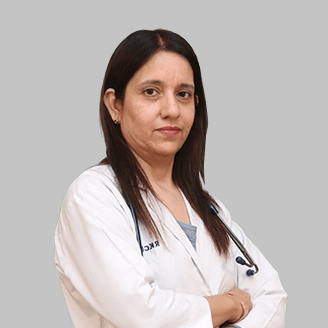
Dr. Chetna Ramani
MBBS, DGO
Woman & Child Institute
View More -
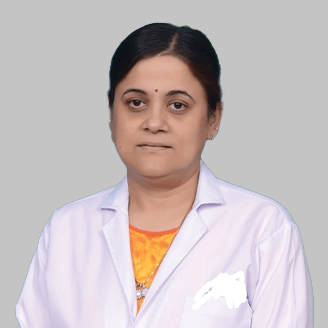
Dr. Sushmita Mukherjee Mukhopadhyay
MBBS, DGO, MD, DNB, FICOG
Woman & Child Institute
View More -
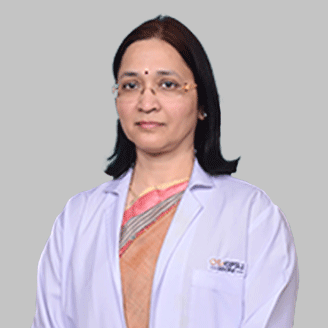
Dr. Neena Agrawal
MBBS, MS, FICOG, Diploma in Gynaecology, Endoscopy
Woman & Child Institute
View More -
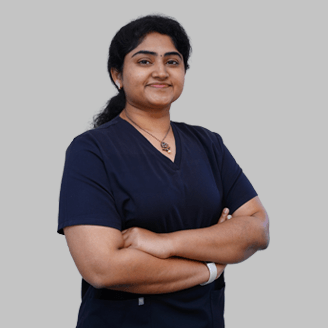
Dr. Abhinaya Alluri
MS (OBG), FMAS, DMAS, CIMP
Woman & Child Institute
View More -
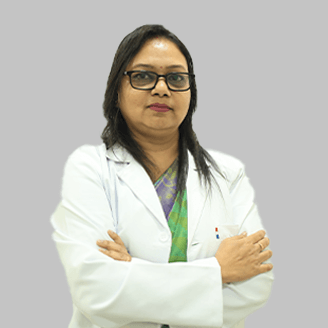
Dr. Alakta Das
MBBS, MS (O&G), FMIS
Woman & Child Institute
View More -

Dr. Alka Bhargava
MBBS, MS
Woman & Child Institute
View More -
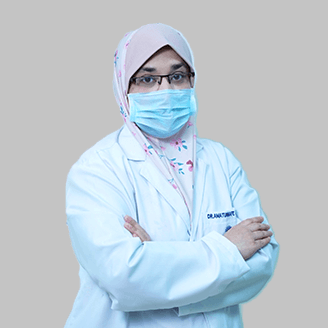
Dr. Amatunnafe Naseha
MBBS, DNB, FRM
Woman & Child Institute
View More -

Dr. Aneel Kaur
DGO
Woman & Child Institute
View More -
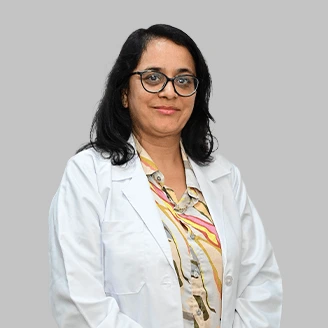
Dr. Anjali Masand
MBBS, MD (OBG)
Woman & Child Institute
View More -

Dr. Arjumand Shafi
MBBS, DGO
Woman & Child Institute
View More -

Dr. Kranthi Shilpa
MBBS, MS (ObGyn), Fellowship in Infertility
Woman & Child Institute
View More -

Dr. Krishna P Syam
MBBS, DGO, DNB
Woman & Child Institute
View More -

Dr. Manjula Anagani
MBBS, MD (Obstetrics & Gynecology), FICOG
Woman & Child Institute
View More -
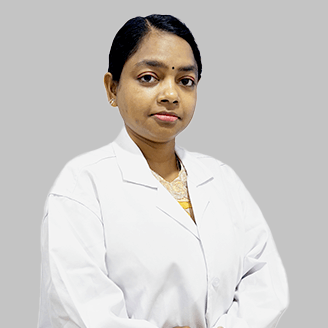
Dr. Moumita Bag
MBBS (WBUHS) DGO (GMC Bhavnagar, Gujarat) DNB Obst & Gynec (KMCH, Coimbatore) AGOI Fellowship in Gynaecologic Oncology (Vps Lakeshore Hospital, Kochi) FMAS (Apollo Hospital, Hyderabad), Fellowship in Robotic Surgery- Intuitive) (Hyderabad)
Woman & Child Institute
View More -

Dr. Muthineni Rajini
MBBS, DGO, DNB, FICOG, ICOG, Certified Course in Gynecological Endoscopy
Woman & Child Institute
View More -

Dr. N Sarala Reddy
MBBS, MS (OBS & GYN), Diploma in IVF & Reproductive Medicine
Woman & Child Institute
View More -
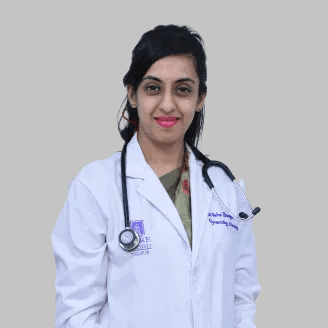
Dr. Neha V Bhargava
MS, DNB (obgyn), MNAMS, Fellow (Gynae Oncology)
Woman & Child Institute
View More -

Dr. Prabha Agrawal
MBBS, MD, FMAS, FICOG, Fellowship in minimal access surgery
Woman & Child Institute
View More -

Dr. Pranavi Bommireddy
MBBS, MS in Obstetrics & Gynecology
Woman & Child Institute
View More -

Dr. Prathusha Kolachana
MBBS, MS (Obstetrics and Gynecology), Post-Doctoral Fellowship in Endogynecology (Laparoscopy)
Woman & Child Institute
View More -

Dr. Ruchi Srivastava
MBBS, DGO, DNB
Woman & Child Institute
View More -

Dr. S V Lakshmi
MBBS, DGO, DNB (OBGYN)
Woman & Child Institute
View More -

Dr. Sirisha Sunkavalli
MBBS, DNB (OBG), FMAS, CIMP, Fellowship in Urogynecology
Woman & Child Institute
View More -
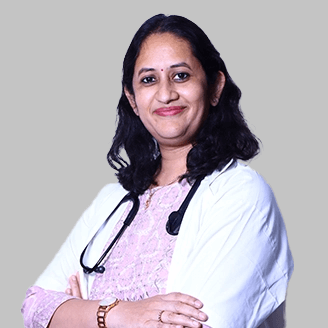
Dr. Sonal Lathi
MBBS, MD, DNB
Woman & Child Institute
View More -
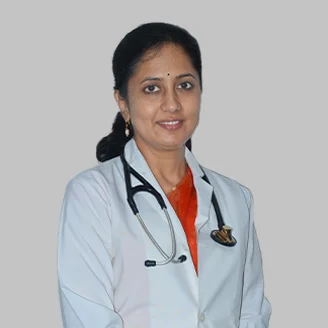
Dr. Sushma J
MBBS, MS (OBG)
Woman & Child Institute
View More -

Dr. Swapna Mudragada
MBBS, DGO, MS
Woman & Child Institute
View More
Frequently Asked Questions
Still Have a Question?

